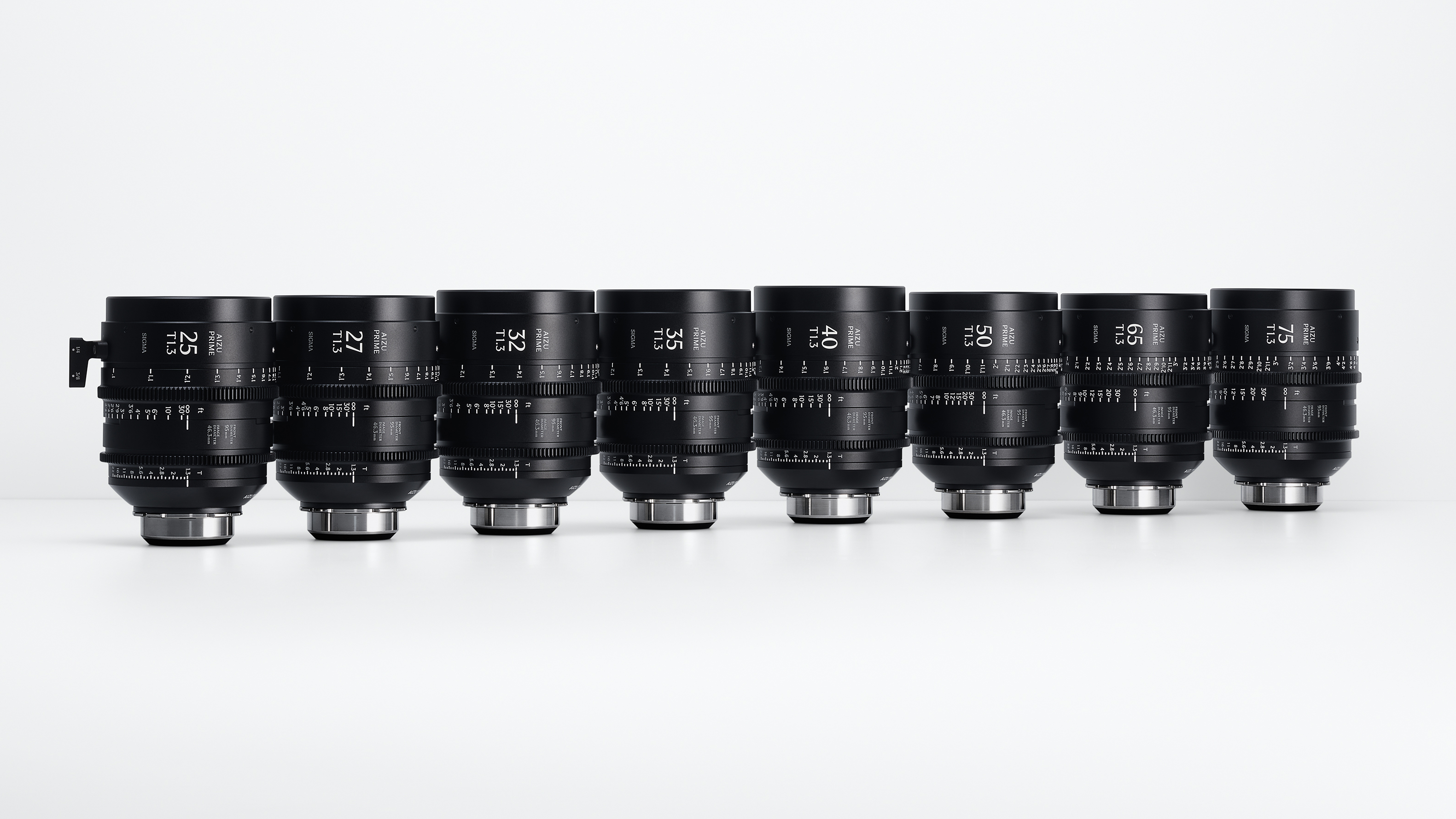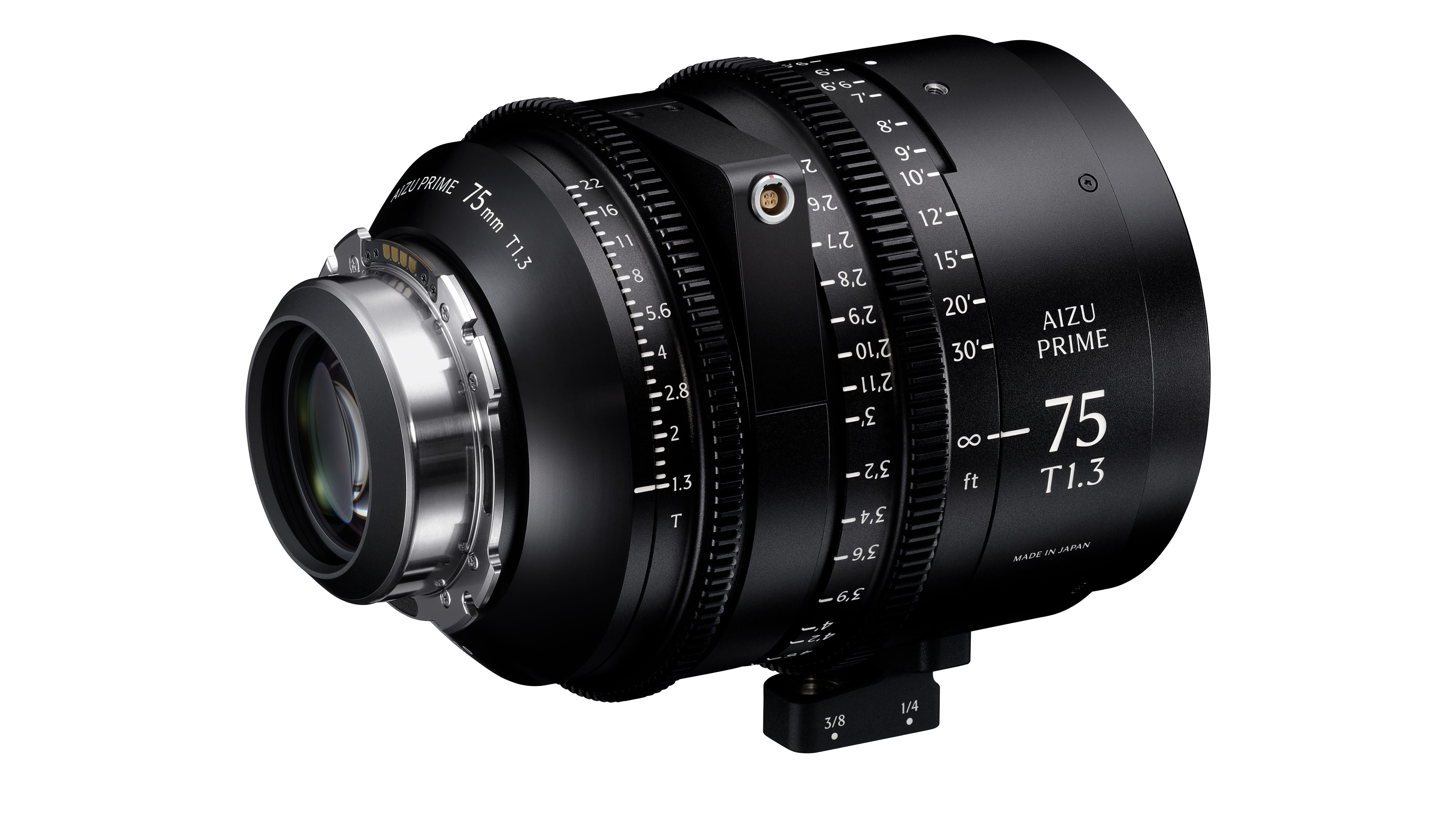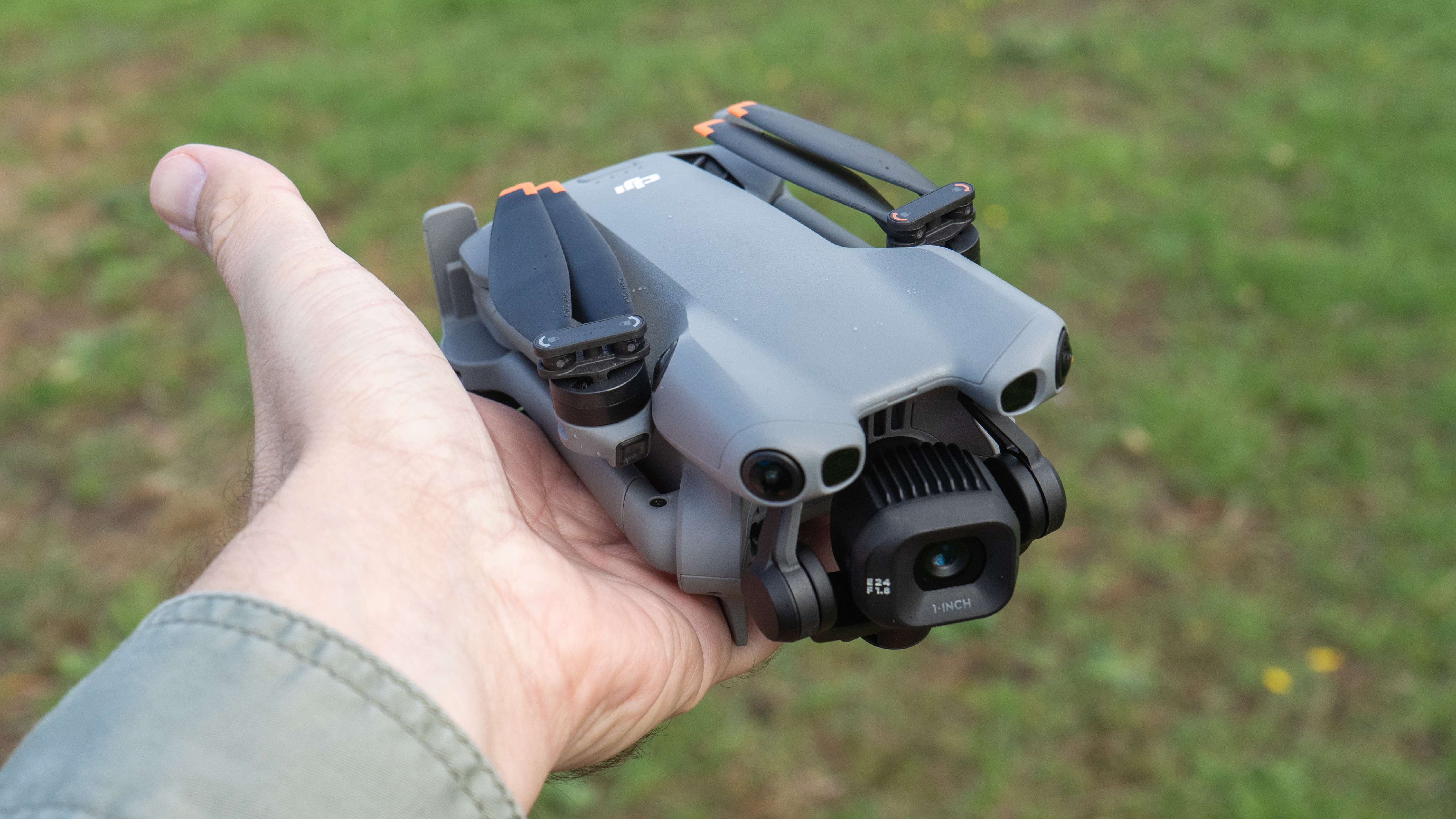Sigma’s new Aizu Prime Line is the world’s first full T1.3 cine lens set – here’s what that means
New cine primes have been announced by Sigma, providing super-fast lens options for professional filmmakers

Sigma has just unveiled a significant new lens range for filmmakers – the Aizu Prime Cine Line. A comprehensive suite of large-format cinema lenses featuring a consistent, ultra-fast T1.3 aperture across all focal lengths.
If you’ve followed Sigma’s cine lens journey over the past few years, this won’t surprise you. The brand has quietly become one of the most trusted names in cinema optics, so much so that its lenses are often used as reference tools to benchmark new cameras.
Sigma's High Speed Prime and Classic Prime ranges are already industry-loved for balancing modern sharpness with filmic character. And with the Aizu Prime Line Sigma looks to be doubling down on that ethos, pushing further into the realm of premium large-format glass.
So, what makes the Aizu Prime Line special? Named after the location of Sigma's factory in Fukushima, Japan, every lens in the Aizu line from 18mm to 125mm opens to T1.3.
That consistent aperture means no light drop-offs, providing consistency in optical performance when switching lenses. This provides complete creative freedom across your focal range.
For those less familiar, where f-stops are physical aperture measurements, T-stops measure the actual light transmission. T1.3 is incredibly fast, which means excellent low-light performance, buttery shallow depth of field and an ability to isolate subjects in a way that feels cinematic yet organic.
Similar to an f/1.4 photography lens, a wide-open T1.3 enables cinematographers to carve light and focus with intention, drawing the eye exactly where it needs to go, without the image falling apart at the edges. This provides the filmmaker with a significant compositional tool.
The best camera deals, reviews, product advice, and unmissable photography news, direct to your inbox!
ABOVE: Sample video of the Aizu Prime Cine lenses
The Aizu Prime lenses are specifically designed from the ground up for cinema. Every focal length features a custom optical design tuned for large-format sensors, with minimal distortion and focus breathing.
The image is sharp but natural, with just the right amount of organic softness, and this is proved to be true in the sample video shown above. Across the entire range you get consistent tone, contrast, color balance and flare control; a crucial feature for maintaining a unified look across a shoot.
With a large ⌀46.3mm image circle, the lenses cover full-frame, Super 35 and large-format cameras such as the popular Arri Alexa LF. That flexibility provides DPs and production teams with ample room to scale projects up or down without compromising optical quality.
For VFX-heavy workflows, the Aizu Prime Line supports Zeiss Extended Data, providing real-time lens metadata during shooting and enabling distortion and shading correction in post. It’s a powerful asset for streamlined, high-end productions.
Despite their serious specs the lenses remain compact, which is a rare achievement for glass this fast and this capable. That makes them a great fit for Steadicam, gimbal, handheld and run-and-gun setups, without sacrificing durability.
Mechanically they’re built to last, too, with smooth, long-throw focus rings, precise aperture control and rugged metal housings that are built for the demands of professional work.
Yes, these are professional cinema lenses, and yes, they’re priced accordingly. At $8,299 /£6,999 each, the Aizu Prime Line sits in the high-end tier.
But it’s important to understand that that buys precision engineering, dependable performance and the peace of mind that every focal length will deliver a matching, reliable image under pressure.
Initially, 8 lenses will be released in August covering 25mm to 75mm. The full 12-lens set, ranging from 18mm to 125mm, will follow shortly after. Mounts include PL and Sony E, covering most professional workflows and hybrid rigs.
you may also like
Check out our guides to the best cine lenses and the best cinema cameras.

Kalum is a photographer, filmmaker, creative director, and writer with over 10 years of experience in visual storytelling. With a strong focus on photography books, curation, and photo editing, he blends a deep understanding of both contemporary and historical works.
Alongside his creative projects, Kalum writes about photography and filmmaking, interviewing industry professionals, showcasing emerging talent, and offering in-depth analyses of the art form. His work highlights the power of visual storytelling, fostering an appreciation for the impact of photography.
You must confirm your public display name before commenting
Please logout and then login again, you will then be prompted to enter your display name.




